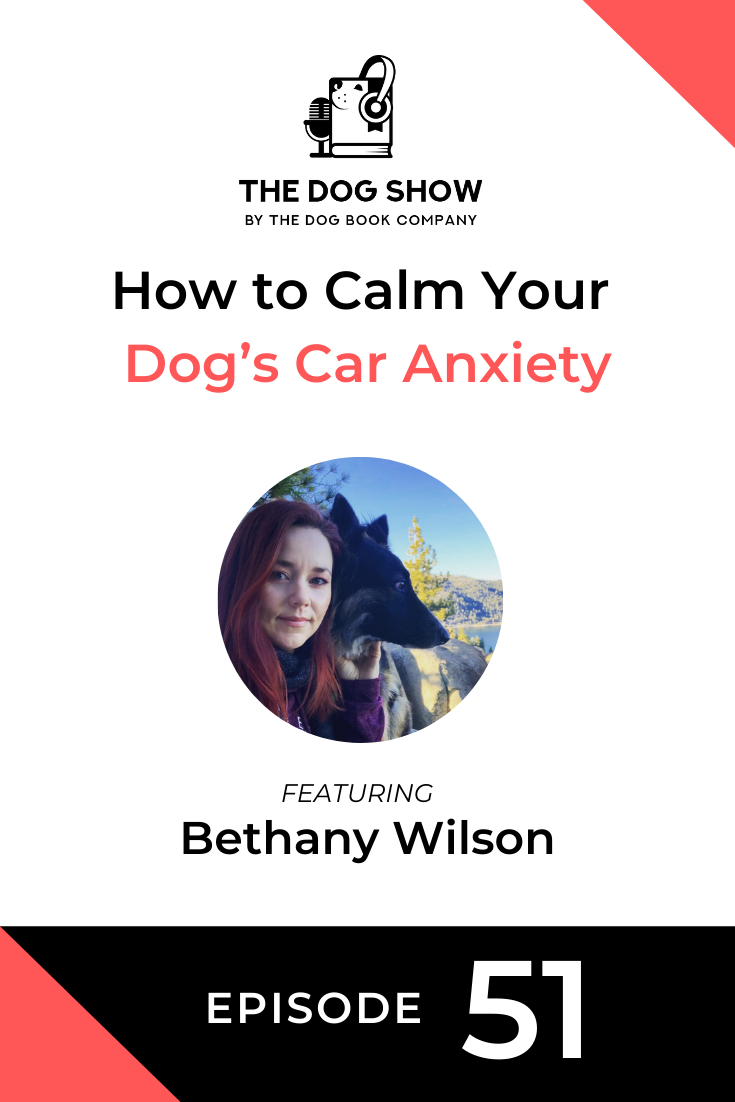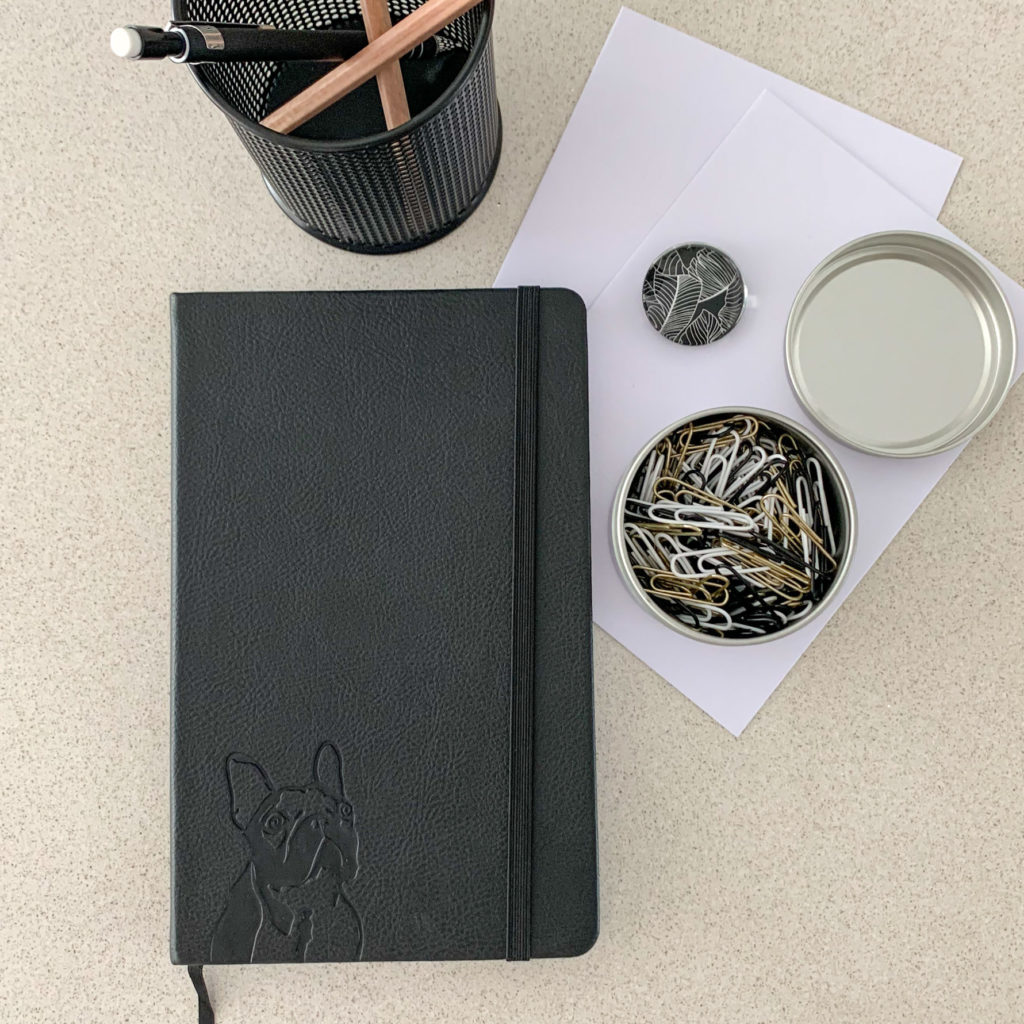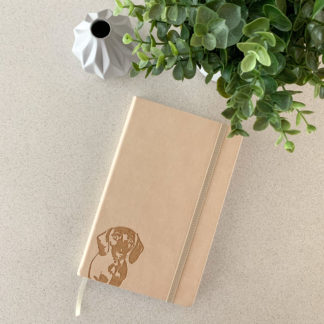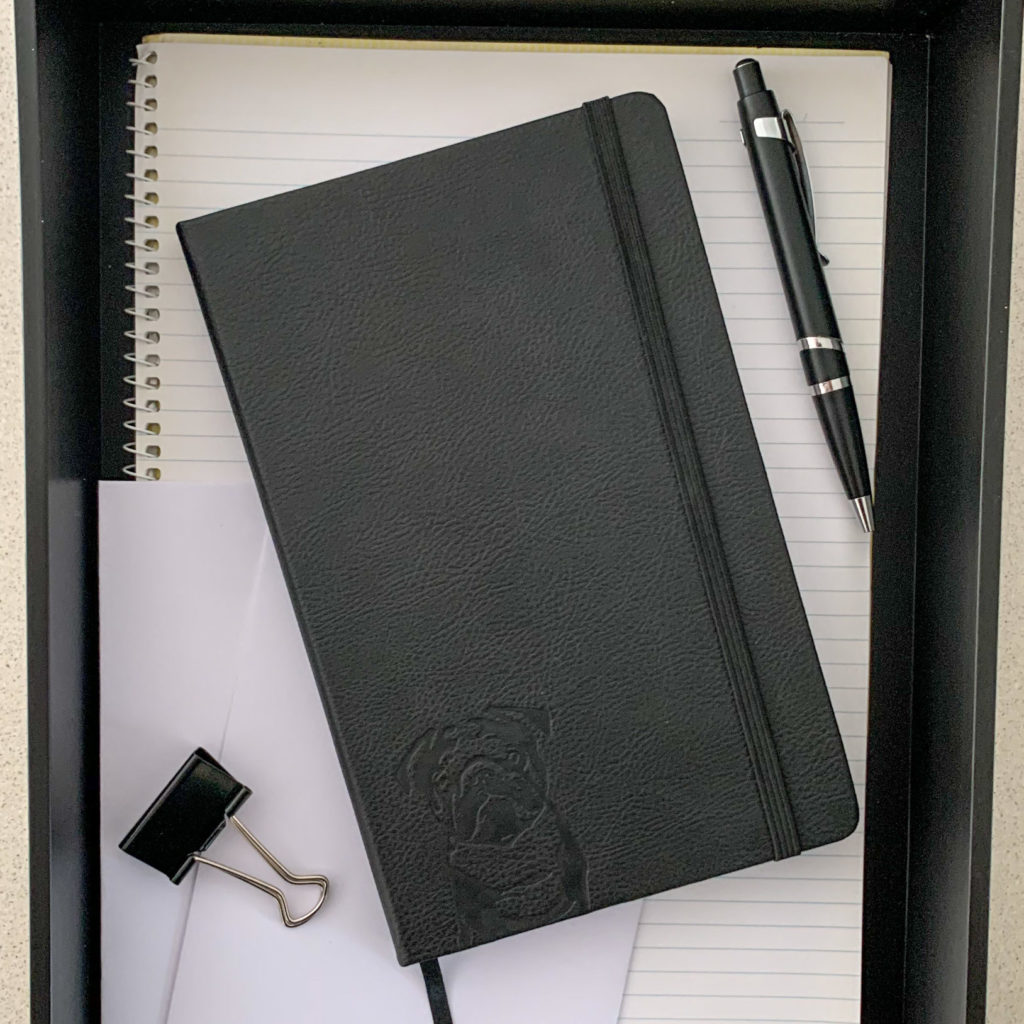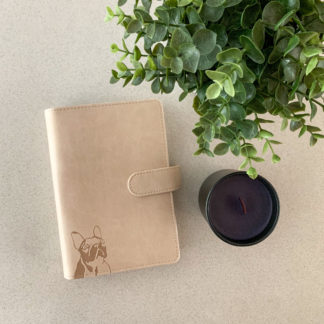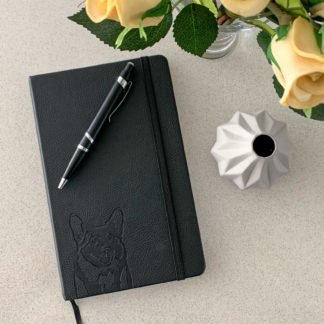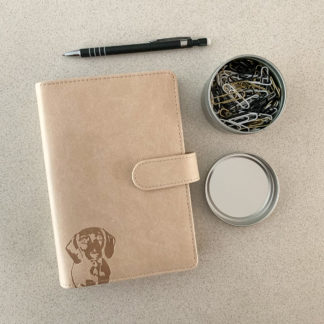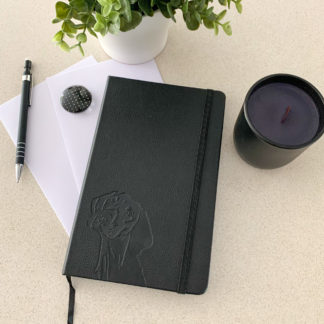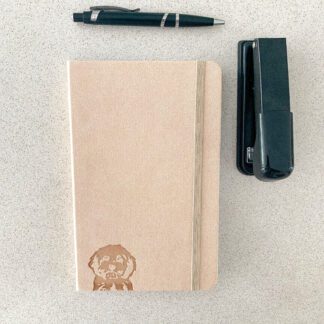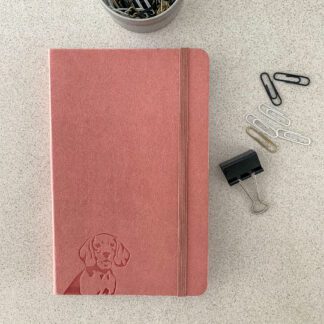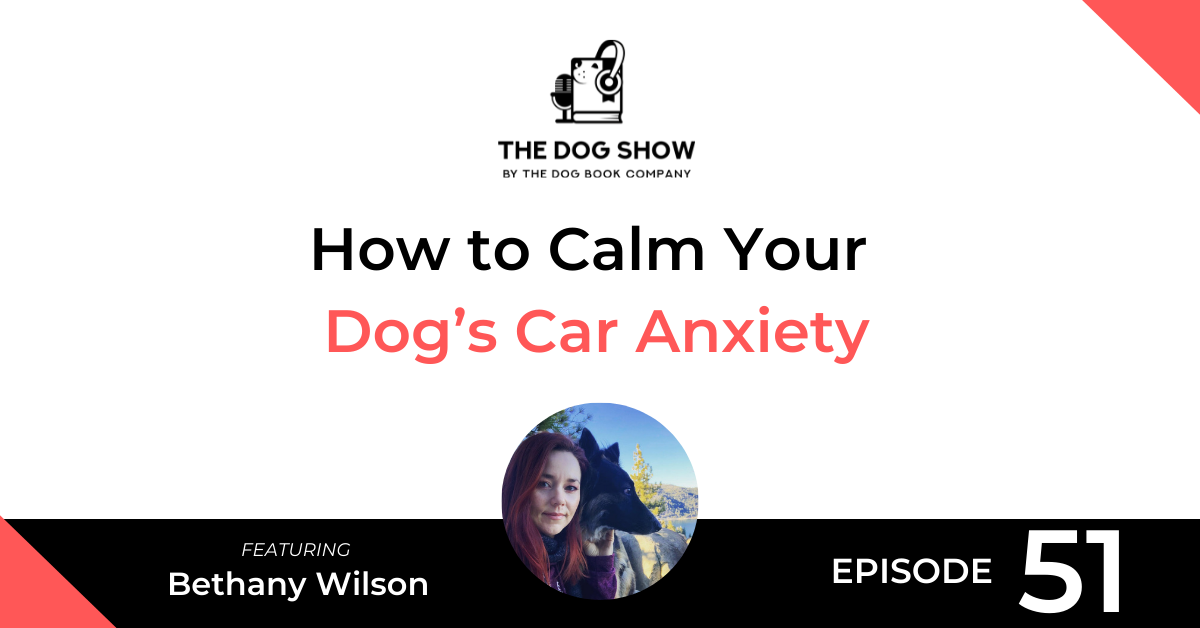
Does your dog get car anxiety?
In this episode of The Dog Show, featuring Bethany Wilson, we talk about why some dogs are anxious when riding in the car and how you can calm your dog’s car anxiety
Bethany is the Founder and head trainer of Ruff Beginnings Rehab, a full-service dog training facility based in Los Angeles, California.
Ruff Beginnings provides owners with guidance, homework, schedules, and aftercare, as well as an expansive range of online training videos.
Find out more about Ruff Beginnings Rehab here:
Listen
Watch
Read
Will: This episode of the Dog Show features Bethany Wilson. Bethany is the founder and head trainer of Ruff Beginnings Rehab, a full-service dog-training facility based in Los Angeles, California. Ruff Beginnings provides owners with guidance, homework, schedules, and aftercare, as well as an expansive range of online training videos. In the interview, we talk about why some dogs are anxious when riding in cars and how you can calm your dog’s car anxiety.
Bethany, welcome to the Dog Show today. Thanks for coming on once again.
Bethany: Thank you for having me again.
Will: For people that are unfamiliar, you’ve been on the show several times now, the first one was back in Episode 19, and we actually spoke a lot about dog anxiety in that episode. And we’re gonna dive a bit deeper today on car anxiety specifically. So, for anyone that’s watched that episode, they’re probably gonna get a lot of value out of this one as well. But why are dogs anxious when they’re riding in cars?
Bethany: It could be from a number of reasons. It could be a bad experience, this is kind of a funny one but I get people who roll their eyes at me for this one all the time. But I don’t care, it’s incredibly true. People who are rough drivers, hard on the brakes, hard on the acceleration, hard on the turns. This is not fast and furious, people, drive slower. And that really is a big factor that I’ve found with dogs that are anxious or dogs that get car sickness. That would be the biggest thing. Because here’s the thing, dogs only need one moment to imprint how they feel about the car, and then that’s how they feel all the time. Even if they were fine before, they could just go for a trip somewhere with your dog walker, and she drives like some 16-year-old maniac, and then it could trigger something pretty severely.
Another thing I’ve seen is puppies. Puppies will have car anxiety because their inner crystals in their ear, they’re not solidified yet. I think it’s the same with us. So, they get car sickness really easily. And, so, if that’s not worked on as a puppy, they’ll carry that as they get older.
Will: That’s kind of like the reason that humans get vertigo and stuff, right? The crystals in the ear…
Bethany: Yeah. Yes, exactly.
Will: I’ve had that before, it’s horrible experience, vertigo.
Bethany: My husband’s had it before. I thought it was a joke, he like…
Will: So did I, I never thought it was a real thing until I had it myself.
Bethany: No. No, it was like 4 years into us being together, and he just like stumbles into the wall and he’s like, “I think I got vertigo. I haven’t had it in a while.” I’m like, “Whatever, that’s made up. What are you doing?” But, no, yeah, it’s a real thing. And the dogs have that similar sensation. Because, if you think about, they like to look out the window and all the stuff is going on around that. So, some of the tips for that specifically, besides the Dramamine…which you can give dogs, I don’t know the proper dosage so I’m not even gonna try, but you can talk to your vet for that. But you have two options to teach them how to face forward…like, preferably, you want them to down in the back seat, but, if they get up, you want to have someone help them face forward. One of my dogs learned how to do this by default. He just learned that he felt better if he faced forward. I didn’t teach him how to do that. But I know that that’s one aspect of it.
The other aspect of it is, if you can, you fit a crate in your car and you cover the crate so that way, when they look up and around, they’re just seeing black, you know, they don’t see the whoosh of the sides. So, that’s another thing that can help with it. But basically, with car anxiety, I really hope that, if anybody out there is dealing with severe car anxiety with their dog, that they do listen to the other podcast, and any other podcast of someone talking about dog anxiety, just because nothing lives in a vacuum. There’s usually other things a dog needs to work on anxiety-wise. And, if you just try to tackle the biggest one, like the car, it’s not gonna work, it’s not gonna be enough. It’s gonna feel like you’re constantly hitting a wall.
And, so, we do this with all the dogs that come through my program, but one of the things I love to do is I love to go…I guess I could just buy one of these, but I love to go to Home Depot or Lowe’s, which most of them allow dogs, not all of them, but most of them allow dogs, and, on a slow day, they have all those carts lined up that people put wood on. And they’re a little uneven and a little unsteady, and I teach them to hop on and off. You know, no big deal, “Hop on,” “hop off.” “Hop on,” “hop off.” And then I’ll move them a little bit. Once they’re good at that, I’ll have them hop on, do a sit in the down, and then I’ll just move it around a little bit. They’re like, “Whoa,” when they hop off. “Get back on.” Move it a little bit. And I’ll just build on their tolerance and their threshold for that.
So, I would just challenge anybody that, if you can’t come up with something like that to do with your dog, you could do a rocking chair, there’s a few things you could do. If you can’t think of something like that to work on with your dog on anxiety, on a lower level, it’s not fair to like demand a down in the back seat of your car. Like you have to work on other lower levels of anxiety that they don’t wanna do something and then they overcome it, like “Well, that’s not so bad.” And you go to Lowe’s and do it again and it’s so much easier. And then, by the third or fourth time, they know what they’re there for and they hop on and hop off like it’s no big deal. You know, that builds confidence. And it puts you in a position, again, back to the leadership role, I know I sound like a broken record anytime anybody listens to me, but it puts you in this position to have been a part of working your dog through low-level anxiety. So, if you’re not associated with working your dog through low-level anxiety, why would they listen to you for something more intense like the back seat of a car, telling them to lay down? You know?
And, so, I mean I definitely want people to work on this in the car, of course, and I have some more car-related tips, but I just wanna make sure to be super clear that you can’t just do that. You’ve gotta do other things too that are slightly challenging for your dog or medium-level challenges and overcome those at the same time.
Will: You mentioned a crate in the car, is there a best way for a dog to travel? Does it depend on their size, like should they travel in…if they’re a small dog, is it good to travel in the lap of someone or should they have a harness which attaches to the seat belt? Should they be in a crate? What do you think?
Bethany: Oh, that’s really good…so glad you mentioned the hardest one. So, let me just say, as a dog trainer and as a professional, you should always have your dog hooked in to a seat belt when you’re traveling anywhere, for safety, in case you were to get into a car wreck. Because, yes, a dog will fly through a windshield or hit a windshield or hit the back of your seat, if it’s a large dog, and knock you out. Just a few situations I’ve known about. Am I always perfect on that? Of course not, you know, of course not. I will say that, when I was training my small dogs, small dogs are always in laps, you know, like you mentioned. When I was training my small dog, she was hooked up to a harness and learned how to do a down in the back seat like lonely back there and learn how to be independent and deal with it. But once she got good with that, she could be in my lap, it’s no big deal. But yes, it’s much better if they’re secured in properly. So, I definitely wanna make that super clear is that securing your dog in is always what you’re wanting to do for safety.
But, with that being said, it’s always working on a down in the back seat. And then, if I’m going somewhere longer, like, say, I’m taking a trip somewhere, if you can fit a crate in your car, practice in a crate as well. If you’ve worked on anxiety in car a million different ways, you’ve worked with trainers, you’re listening to this podcast for one little sliver of maybe something you haven’t already done, try the crate and cover the crate fully. That would be the next thing, you know, that I would try.
But I also just can’t emphasize enough, you gotta drive like grandma, you know…well, not my grandma, she’s a maniac. You gotta drive like the stereotypical grandma, which is so slow to stop and so slow to speed up and easy turns where people are honking at you behind. You know, you gotta do that to help your dog because that’s a lot of it.
I’ve actually played around with this with a few dogs I’ve worked with recently, we had a string of dog car anxiety. Once they got better, I was like, “Let me just see if I do a more sudden stop at the stop sign.” And they’re immediately…you know, that breathing comes back. So, yeah, it’s like, “Come on, drive slow, people.” So that’s one of them.
Even the type of car makes the difference. So, I have a Subaru now, and then, even before that, I had a really old Hyundai, it wasn’t too bad, but I’ve noticed some people’s older vehicles…even though we have a really old Prius, and it’s just kind of clunky sounding and loud. The dogs do better in my Subaru than they do…or my dog with dog car anxiety does better in the Subaru than in the Prius. So, that is even a factor. If you have a big truck, you know, all those things, how bumpy it is, all of that is going to factor in.
Will: So you mentioned the panting as a symptom of car anxiety. Are there any other symptoms that owners would maybe just overlook as a symptom of anxiety?
Bethany: Panting, drooling, pacing. So, let’s say your dog is pacing really bad and you’re like, “My dog won’t lay down in the car. I don’t understand why.” And, so, you’re like, “Well, Bethany said my dog needs to lay down in the back seat, so, we’re gonna do that.” And then you start holding your dog accountable for the down. And then you start to see worse behaviors. Then you might start to see drooling, whereas, before you never did. Well, that’s because you’re not allowing them to pace. And you didn’t realize they’re not just excited to go to the park, they’re anxious in the car. So, those can be some little things. Once you start to apply rules and boundaries to things, you can see other stuff pop out you didn’t see before because they’re trying to hold themselves accountable. So, they’ll express that adrenaline in different ways, that’s one way.
But for me, I like to have a pressure-on-pressure-off kind of attitude. Any time I’m working with fear or aggression, even anything arousal-based, and anxiety and fear is arousal, so, I might just go to the car and just go in and out of it a bunch of times. Like pause, like open the car door, the dog needs to pause. So, let me just walk through like what I call slow car patterning. So, dog walks up on leash, I open the car door. Even if your dog hates the car, if they know they’re going for a ride, they’re very likely to bolt in the car. So, don’t let them. You open the car door, they have to sit. They have to look at an open door and wait for you to say to get in. So, you pause. Count to 3 in your head. Then say, “Hopper, placer, car,” whatever you wanna say, and then have them lay down. Then go to shut the door. Then go to open the door. They pop up right away. “No, down.” Shut the door again. Open it. They pop up right away. “Down.” Work them through that a few times where they’re not so jumpy about the car door opening.
Then grab the leash, have them pause, have them come out. Turn around, do it again. Do that for 15 minutes, that’s your training session. Rinse and repeat. You don’t even go anywhere over and over and over again. You can also feed your dog in the car but you’re not going anywhere. It’s just, “Hey, for the next week, you’re only gonna eat your meals in the car. And if you are so anxious just with not even going anywhere but just the car itself, then you won’t eat. I’m offering you food. It’s not like I’m withholding food, I’m offering you the food and you’re not eating. Well, then we’ll try again this afternoon or tonight.”
And, typically, dogs can go 2-3 days without eating. It’s no big deal. People, please, don’t freak out on me about that, but it’s true. Dogs can go a few days without eating. Once you hit like the 3-day, 3-4-day mark, you might wanna sweeten the pot a little bit. Like, you know, you can add chicken or something that’s more, you know, incentive in there. I wouldn’t go more than that. I’d probably give in if it went more than that. But 90% of the dogs out there will eat by day 2, you know. And then you’re helping, you’re tapping into a part of the brain to override their anxiety. So, that’s another one you can do. But yeah, anyway, it’s like I might do 15 minutes, once or twice a day, car patterning. We don’t even go anywhere. And then we just go around the block, you know, a couple times a week. No big deal.
And then, just to be clear, what I mean by “pressure on and off” is we go and do car patterning. Then we come inside for 5 hours or so, I go to work, and then I come back. Then we go around the block. That’s pressure on because we’re actually going somewhere. But then, the next time we go out to the car and they’re thinking, “Oh god, we’re gonna go for a trip again?” no, we’re not. “We’re just gonna pattern the car, we’re not going anywhere. Don’t worry, buddy.” You know, just build confidence that way. And then, a couple days later, you know, around the block. So, that’s the pressure on and off. You really really challenge them.
But then you also do stuff to make it easy. Just like going to Lowe’s and practicing the cart thing, you gotta practice other stuff to make it easy. But you gotta add structure to everything. The only exception, the only exception to the pause at the car door is a couple of times I’ve had dogs that refuse to get in the car. They just refuse, they’re so bad, they won’t even step in the car. Honestly, usually, if I add structure, because I’m adding a structure element to it, which just means like “Walk up, pause at the open door, and then jump in when I say jump in,” most of the time, that’s what they needed. But that doesn’t always work. There’s been a few cases where they’re like stopped, “Fine, good. I didn’t wanna get in anyway, we’ll do a pause.”
And, so, that’s the only time where I’ll actually open both of the back car doors so they can see because it looks so enclosed to them. So, I’ll open both of the back doors and that lets them feel like they’re not so constricted like a crate or something like, you know, closed and forced in. So, I open those back two doors and then I get a running start. And then I jump in with them to like get over that hump. And then we go out the other side. It’s not the most comfortable or beautiful thing to watch, that’s for sure, because I’m stumbling in the car with them. But it’s not the most graceful thing in the world. But, doing that 5-10 times to get them over that mental hump, following me in, is sometimes key. But then I always go back to “Stop,” look at the open door, “jump in.” You know, that way they’re never bolting in or out of the car just because the car door is open. So, I always go back to that. But there has been some dogs that have really benefited from a little bit of momentum and me jumping in, you know, first and then following behind me. So, anyway, that’s another thing you can do. If you got two people, you can have someone on the other side.
But I’ve had dogs so bad that I’ll take them around the block, or just to another part of the neighborhood, stop for 10 minutes, do car patterning, calm them down, get back in the car, drive for 10 minutes, stop, turn the car off, car patterning. You know, and that tends to really help too.
I’m trying to think if there’s anything else I can think of…I think that is about it. I think that, when it comes to anxiety, you can’t think that that’s the only thing you need to work on. My dog has car anxiety, I need to work on the car issue. It’s like, “Well, how solid is your down if your neighbor walks by and says hi to you?” Because, if your dog isn’t gonna down then, it’s gonna be really hard to get them to down in the back seat when they start pacing because they’re anxious. You know what I mean? So, it’s like your obedience in every situation and the impulse, not obedience, I shouldn’t say that, the dog’s impulse control in all the other aspects of life bleeds into the car anxiety big time. Big time, big time.
Will: So, what it sounds like, if we look back to kind of the start of the podcast, you mentioned that maybe it was a trigger that had happened, at some point, in the car for the dog, but it also could just be related to other anxiety they have anyway. Right?
Bethany: Yeah, yeah. Absolutely. It’s just anything, movement, anything where you’re not in complete control, you gotta understand like it doesn’t come natural to them at all. Like the way that feels…like I get boat sickness. So, if I couldn’t rational…yeah, I hate it too. I love to be out on the water but my body doesn’t love it. So, if I couldn’t rationalize, if I was a different type of animal where I didn’t have the thought process of, “I’m getting sick because X, Y, Z,” I might panic too and pace around and act like a maniac because no one was showing me, you know, how to deal with it. So, that’s just kind of what I attribute it to. It also just feels really awkward. And dogs are really uncomfortable with that. Just like sometimes I put a dog on those carts, at Lowe’s, and they just freeze up and then they look for a moment to bolt off and then it’s really hard to get them back on because it feels uneven under their feet. And they just don’t have any resiliency for that kind of thing built up, so, we gotta work on it.
Will: Every time you mention the Lowe’s or Home Depot cart, all I can think of is this French bulldog I saw skateboarding the other day on Facebook.
Bethany: I love that. Isn’t it crazy? Like I always see the bullies, the bulldogs and the frenchies doing the skateboarding with barely needing to teach them how to do it. Something comes natural to them, so, that’s funny.
Will: I guess they’ve got the low center of gravity which might help a little bit with balance. But…
Bethany: Yeah, it’s funny.
Will: My French bulldog wouldn’t do that, I don’t think. Moving on the crate would probably be a step up for her.
Bethany: Yeah. And, especially with the smaller dogs, it’s like, “Go for the crate.” With the larger dogs, I know it’s a lot harder to do that. Even tinted windows, like I don’t know, like even here in the States, tinted windows is different in each state, how tinted you can have your windows. I don’t know how it is where you are. But even heavily tinted windows and your dog is in the very back can really help [inaudible 00:19:31], you know. And then drive slower, people, and be more considerate. I shouldn’t say, “Drive slower,” more considerate of a driver with your accelerations and your brakes, I’m telling you, it makes a huge difference.
Will: I mean with all your training tips across anything, I mean there’s lots of tactics and things like that but it’s just a progressive thing. Right? I mean, with the car anxiety thing you’re talking about, slow little improvement, slow stimulation for the dog to try and get them used to it, and that sounds like quite a common narrative across all of your training. Yeah.
Bethany: And accountability. So, a dog could be pacing in the back seat like a crazy animal. And, as long as I’ve taught the dog in a way that I feel is considerate and they know the command, I’ll correct them for not staying down. That doesn’t mean they’re gonna be less anxious, they still might drool and panic and maybe whine and get up again the next time we are at a stoplight or something. But I will absolutely hold them accountable for not doing the down. So, that’s one element, once they’re ready, that’s one element of it. You have to have that accountability. That’s suppressing emotion is what that’s doing. So, when you hold a dog accountable, they’re not able to pace or feed that part of their brain through the pacing or whining. You’re suppressing emotion.
So, I think that that’s perfectly acceptable to do. Some trainers don’t, and to each his own, but I think that’s perfectly acceptable to do. However, then I accidentally get people who will suppress the behavior but not work through anxiety on the back end. So, even though I’m correcting dogs when I feel like they’re ready when they don’t lay down because they wanna see where they are because they’re anxious, I’m also doing the car patterning. I’m also doing other things to build their confidence and build up their resiliency, walking on bleachers, jumping up on picnic tables, following my leash guidance. Just anything I can do to build more resiliency and confidence on the back end. So, it’s like you just can’t have one or the other. You can’t just pick away at it for 5 years with just trying to build confidence. You can’t just suppress emotion, you gotta have both, in my opinion.
Will: Right. Well, thanks once again, Bethany, for coming on the Dog Show. All those tips about car anxiety were really helpful. And if people wanna find out more, they should check out your videos on YouTube, I know there’s a couple about car anxiety there, but also our previous interview, Episode 19, was all about dog anxiety. So, there’s loads more information in there if anyone’s struggling with it. Otherwise, check out Ruff Beginnings Rehab and maybe ask for some help.
Bethany: Yes, thank you so much. It’s my pleasure.
Will: Well, have a good afternoon.
From Our Store
-
French Bulldog Coffee Table Book – The Book of Frenchies
From: EUR €34.01 Add to cart -
Dachshund Coffee Table Book – The Book of Dachshunds
From: EUR €34.01 Add to cart -
Pug Coffee Table Book – The Book of Pugs
EUR €34.01 Add to cart -
French Bulldog Notebook – A5, Hardcover, PU Leather, 100gsm Lined Pages, Bookmark (Three Colours)
EUR €19.84 Select options -
Dachshund Notebook – A5, Hardcover, PU Leather, 100gsm Lined Pages, Bookmark (Three Colours)
EUR €19.84 Select options -
Pug Notebook – A5, Hardcover, Black PU Leather, 100gsm Lined Pages, Bookmark (Three Colours)
EUR €19.84 Select options -
French Bulldog Planner – PU Leather Exterior, Metal Loose Leaf Ring Binder, 100gsm Paper (Two Colours)
EUR €36.85 Select options -
Corgi Notebook – A5, Hardcover, Black PU Leather, 100gsm Lined Pages, Bookmark (Three Colours)
EUR €19.84 Select options -
Dachshund Planner – PU Leather Exterior, Metal Loose Leaf Ring Binder, 100gsm Paper (Two Colours)
EUR €36.85 Select options -
Vizsla/Weimaraner Notebook – A5, Hardcover, PU Leather, 100gsm Lined Pages, Bookmark (Three Colours)
EUR €19.84 Select options -
Cavoodle Notebook – A5, Hardcover, Black PU Leather, 100gsm Lined Pages, Bookmark (Three Colours)
EUR €19.84 Select options -
Beagle Notebook – A5, Hardcover, PU Leather, 100gsm Lined Pages, Bookmark (Three Colours)
EUR €19.84 Select options
